Japan, Take 2
*note: I'm writing this in September. Basically, as soon the temperature rose above 30ºC, my brain shut down and I stopped being able to think and function. I'm backtracking 4 months and this sucks.
I spent this semester sitting on a few undergraduate classes which seemed interesting, and since I am not taking anything for credit, I could actually enjoy the classes for what they had to offer.
One of those classes was an intro to media (TV and Film focused) class. I chatted with the teacher and she was able to arrange for me to go visit the Toei Film Studios where they film Japanese period stuff, and not just the "amusement studio tour" version.
I did accidentally arrive at the studio museum location that day though.
I got to meet the in-studio Costume Head, and as I pull up his business card now, I realize I never wrote down the pronunciation of his name so I have no idea how to read the Kanji.
well.
Turns out he came from a Stunts background, and switched to costumes because his parents were worried for his safety, as he was the only boy amongst their 4 children. He learned all the dressing skills from his senpai, and knows hundreds of kimono obi knots by heart. Said his senpai would be mad if he had to reference notes to tie a simple knot, haha.
The senpai-kouhai relationship is still very much in effect in the design world, and you learn everything from your senpai. There really isn't need for prior education because they depend on real experience in this field.
There's definitely a relationship between class/rank/seasons/poetry when kimono are chosen for certain characters, but it still comes down to what looks good, as per designer.
Villains are usually in dark colours.
Heroes are varied, as there can be "dark" heroes.
For samurai females, a lower rank one wears the Yagasuri (arrowhead) pattern, and as the rank lowers, it goes to a Muji (non-patterned) navy, green, brick.
A Denchi vest usually indicates a strong person.
Light blue/aqua is often for young boys.
Dull colours are often for old ladies/grandmas.
Mizushoubai (which the internet is telling me right now are basically
May 26-30 紅花栄 The Safflower Blossoms
May 30, 2018
|
Kyoto
*note: I'm writing this in September. Basically, as soon the temperature rose above 30ºC, my brain shut down and I stopped being able to think and function. I'm backtracking 4 months and this sucks.
I spent this semester sitting on a few undergraduate classes which seemed interesting, and since I am not taking anything for credit, I could actually enjoy the classes for what they had to offer.
One of those classes was an intro to media (TV and Film focused) class. I chatted with the teacher and she was able to arrange for me to go visit the Toei Film Studios where they film Japanese period stuff, and not just the "amusement studio tour" version.
I did accidentally arrive at the studio museum location that day though.
I got to meet the in-studio Costume Head, and as I pull up his business card now, I realize I never wrote down the pronunciation of his name so I have no idea how to read the Kanji.
well.
Turns out he came from a Stunts background, and switched to costumes because his parents were worried for his safety, as he was the only boy amongst their 4 children. He learned all the dressing skills from his senpai, and knows hundreds of kimono obi knots by heart. Said his senpai would be mad if he had to reference notes to tie a simple knot, haha.
The senpai-kouhai relationship is still very much in effect in the design world, and you learn everything from your senpai. There really isn't need for prior education because they depend on real experience in this field.
There's definitely a relationship between class/rank/seasons/poetry when kimono are chosen for certain characters, but it still comes down to what looks good, as per designer.
Villains are usually in dark colours.
Heroes are varied, as there can be "dark" heroes.
For samurai females, a lower rank one wears the Yagasuri (arrowhead) pattern, and as the rank lowers, it goes to a Muji (non-patterned) navy, green, brick.
A Denchi vest usually indicates a strong person.
Light blue/aqua is often for young boys.
Dull colours are often for old ladies/grandmas.
Mizushoubai (which the internet is telling me right now are basically
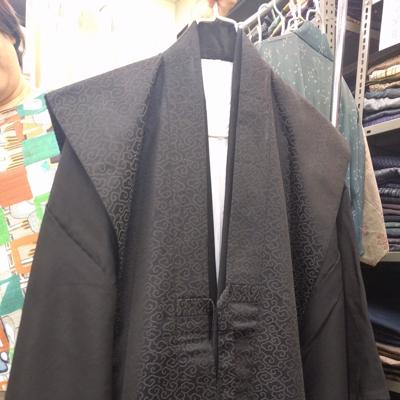
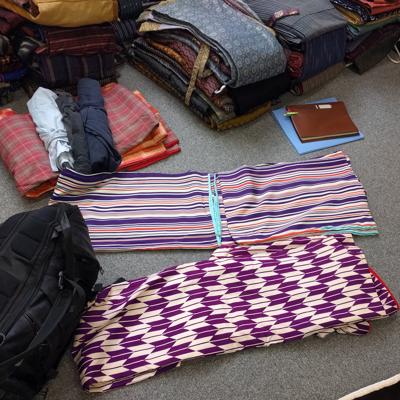
bar girls/companion ladies/anything related to that type of night-life style) ladies in period kimono are striped kimono.
Shoes, jewelry, swords considered props.
I also got to see some main costume kimono from a film shot in the 50s. The actor's adult son wanted to re-portray the character his father portrayed, but because he was so much taller than his father, they replicated the kimono for him in his size. Comparing the two pieces side by side was amazing, as you could see the difference in quality from the original, and how they tried to make the son's version look just as "rich", but with a noticeably smaller budget.
I was taken to see their kimono stock for BG, asked to see an example kimono where they faked the many layers at the sleeve
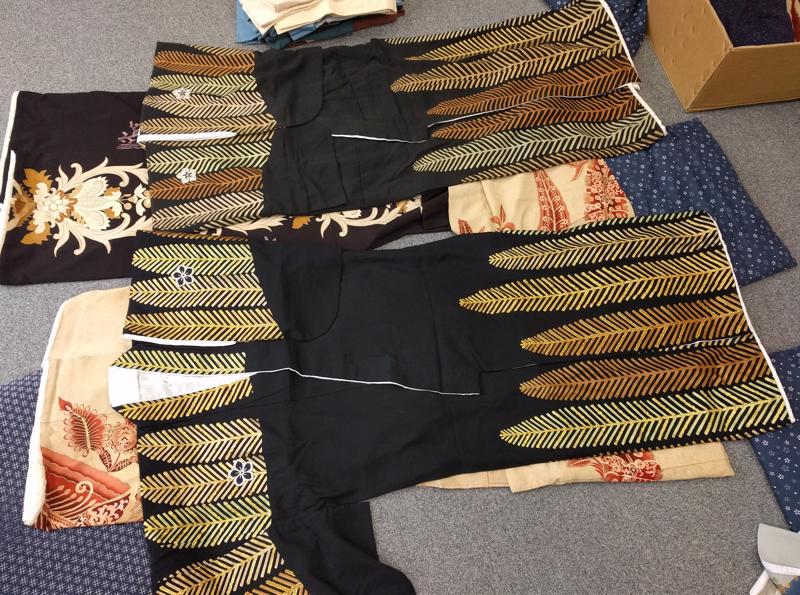
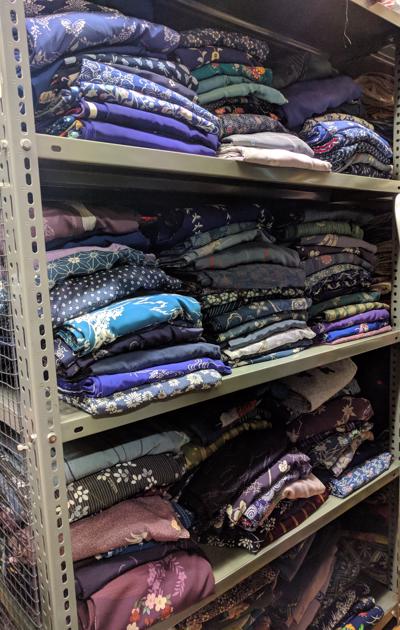
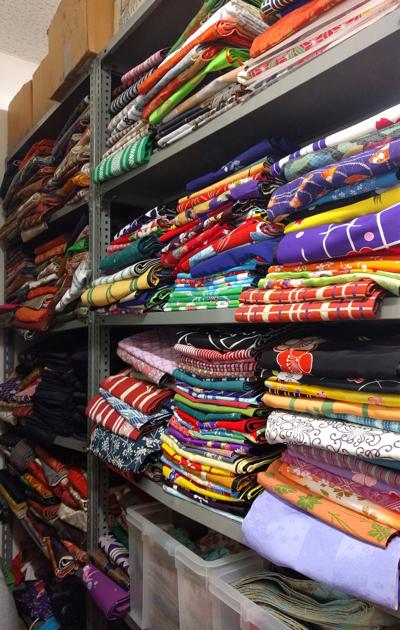
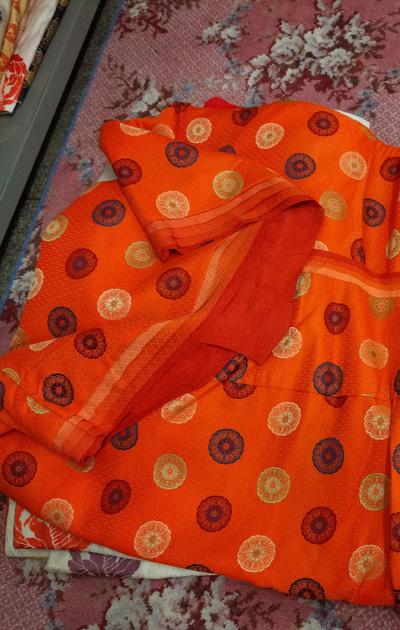
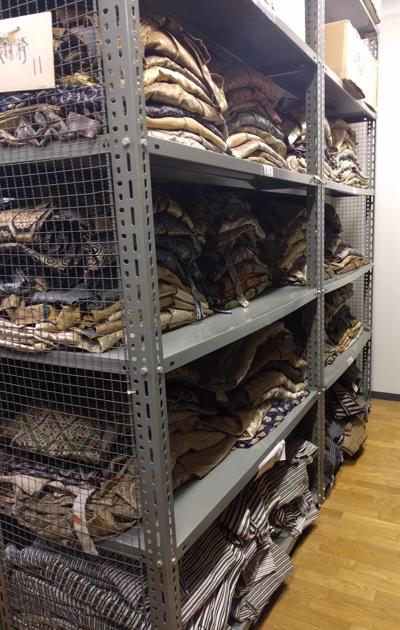
cuffs and hems, and got to try to move in an Uchikake. Yeah, Japanese court ladies were not mobile in any way.
I also saw some period sets they kinda have permanently around for old Japanese house interiors, and THERE IS NO SAFETY UP IN THE RAFTERS. There's like, a walkway, a wooden handrail/guard, and that's about it?
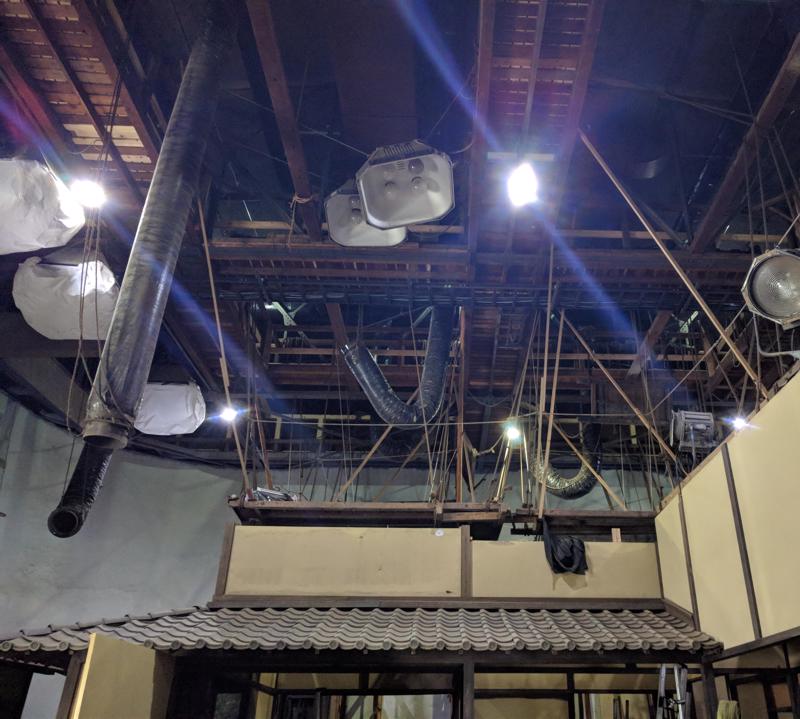
1.
Foreword
2.
72 Seasons of Japan: 雪下出麦 Beneath the Snow the Wheat Sprouts (January 1-5)
3.
Pheasants are like peacocks, right? 雉始雊 The Pheasant's First Calls (January 16-20)
4.
January 21-24 款冬華 The Butterbur flowers
5.
January 25-29 水沢腹堅 Mountain Streams Freeze
6.
January 30-February 3 鶏始乳 The Hens start laying eggs
7.
February 4-8 東風解凍 Spring winds thaw the ice
8.
February 9-13 黄鶯睍睆 The Nightingale Sings
9.
February 14-18 魚上氷 Fish Rise from the Ice
10.
February 19-23 土脉潤起 The Earth becomes Damp
11.
February 24-28 霞始靆 Haze First Covers the Sky
12.
March 1–5 草木萌動 Plants Show First Buds
13.
March 6–10 蟄虫啓戸 Hibernating Creatures Open their Doors
14.
March 11–15 桃始笑 The First Peach Blossoms
15.
March 16–20 菜虫化蝶 Leaf Insects become Butterflies
16.
March 21-25 雀始巣 The Sparrow Builds her Nest
17.
March 26-30 櫻始開 The First Cherry Blossoms
18.
March 31-April 4 雷乃発声 Thunder Raises its Voice
19.
April 5-9 玄鳥至 The Swallows Arrive
20.
April 10-14 鴻雁北 Geese Fly North
21.
April 15-19 虹始見 The First Rainbow Appears
22.
April 20-24 葭始生 The First Reeds Grow
23.
April 25-29 霜止出苗 The Frost Stops; The Rice Grows
24.
April 30- May 4 牡丹華 The Tree Peony Flowers
25.
May 5-9 蛙始鳴 The First Frogs Call
26.
May 10-14 蚯蚓出 The Earth Worms Rise
27.
May 15-20 竹笋生 Bamboo Shoots Appear
28.
May 21-25 蚕起食桑 The Silk Worm Awakes and Eats the Mulberry
29.
May 26-30 紅花栄 The Safflower Blossoms
30.
May 31-June 5 麦秋至 The Time for Wheat
31.
June 5 - June 9 蟷螂生 The Praying Mantis Hatches
32.
June 10 - 15 腐草為螢 Fireflies rise from the Rotten Grass
33.
June 16 - 20 梅子黄 The Plums turn Yellow
34.
June 21 - June 25 乃東枯 The common Self-Heal Dries (Summer Solstice)
35.
June 26 - June 30 菖蒲華 The Iris Flowers
36.
July 1 - July 6 半夏生 The Crow-dipper Sprouts
37.
July 7 - July 11 温風至 Hot Winds Blow
38.
July 12 - July 16 蓮始開 The First Lotus Blossoms
39.
July 17 - July 21 鷹乃学習 The Young Hawk Learns to Fly
40.
July 22 - July 27 桐始結花 The First Paulownia Fruit Ripen
41.
July 28 - Aug 1 土潤溽暑 Damp Earth Humid Heat (Major Heat)
42.
Aug 2 - Aug 6 大雨時行 Heavy Rain Showers
43.
Aug 7 - Aug 11 涼風至 A cool Wind blows (First Autumn)
44.
Aug 12 - Aug 16 寒蝉鳴 The Evening Cicada Sings
45.
Aug 17 - Aug 22 蒙霧升降 Thick Fog Blankets the Sky
46.
Aug 23 - Aug 27 綿柎開 The Cotton Lint Opens (Limit of Heat)
47.
Aug 28 - Sept 1 天地始粛 Earth & Sky Begin to Cool
48.
Sept 2 - Sept 6 禾乃登 The Rice Ripens
49.
Sept 7 - Sept 11 草露白 Dew Glistens White on Grass
50.
Sept 12 - Sept 16 鶺鴒鳴 Wagtails Sing
51.
Sept 17 - Sept 21 玄鳥去 Swallows Leave
52.
Sept 22 - Sept 27 雷乃収声 Thunder Ceases (Autumn Equinox)
53.
Sept 28 - Oct 2 蟄虫坏戸 Insects hole up Underground
54.
Oct 3 - Oct 7 水始涸 Farmers Drain Fields
55.
Oct 8 - Oct 12 鴻雁来 The Geese Arrive
56.
November 19
Share your travel adventures like this!
Create your own travel blog in one step
Share with friends and family to follow your journey
Easy set up, no technical knowledge needed and unlimited storage!